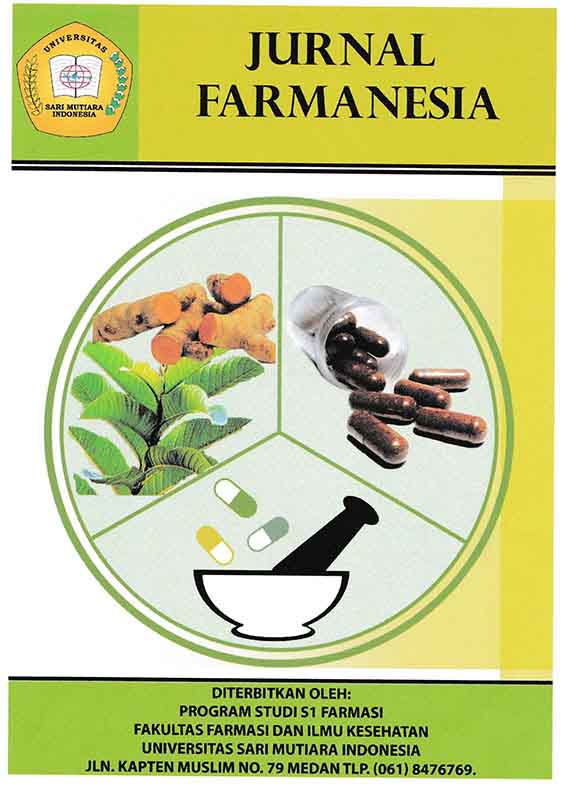UJI AKTIVITAS ANTIJAMUR EKSTRAK ETANOL KULIT BAWANG PUTIH (Allium sativum) DENGAN METODE DIFUSI CAKRAM
DOI:
https://doi.org/10.51544/jf.v5i2.2735Abstract
Fungal infections rarely cause dangerous conditions, one of which is Candida albicans. The use of antifungal drugs for the treatment of infectious diseases caused by fungi is now quite a lot, but the problem faced now is the occurrence of side effects for users, such as allergies, to other toxic hazards. Garlic (Allium sativum) since antiquity has shown broad antibiotic properties against gram-positive and gram-negative bacteria, including against multi-antibiotic-resistant strains. The purpose of this study was to determine the antifungal activity and effectiveness of ethanol extract of garlic peel against the fungus Candida albicans. The results showed that the yield of fresh simplicia was 10%, the extract yield was 8%. Examination of simplicia characteristics resulted in water content of 7.98%, water-soluble extract content of 18.11%, ethanol-soluble extract content of 7.30%, ash content of 1.06%, and acid insoluble ash content of 0.27%. Phytochemical screening results stated that garlic peel simplicia contained secondary metabolites of alkaloids, flavonoids, and saponins. The results of the inhibition test against the fungus candida Albicans using ethanol extract of garlic peel found antifungal effectiveness on the fungus candida Albicans. The conclusion of this study is that the ethanolic extract of garlic peel at concentrations of 500%, 400%, 300%, 200%, and 100% was less effective against the fungus Candida albicans.








 This work is licensed under a
This work is licensed under a 



